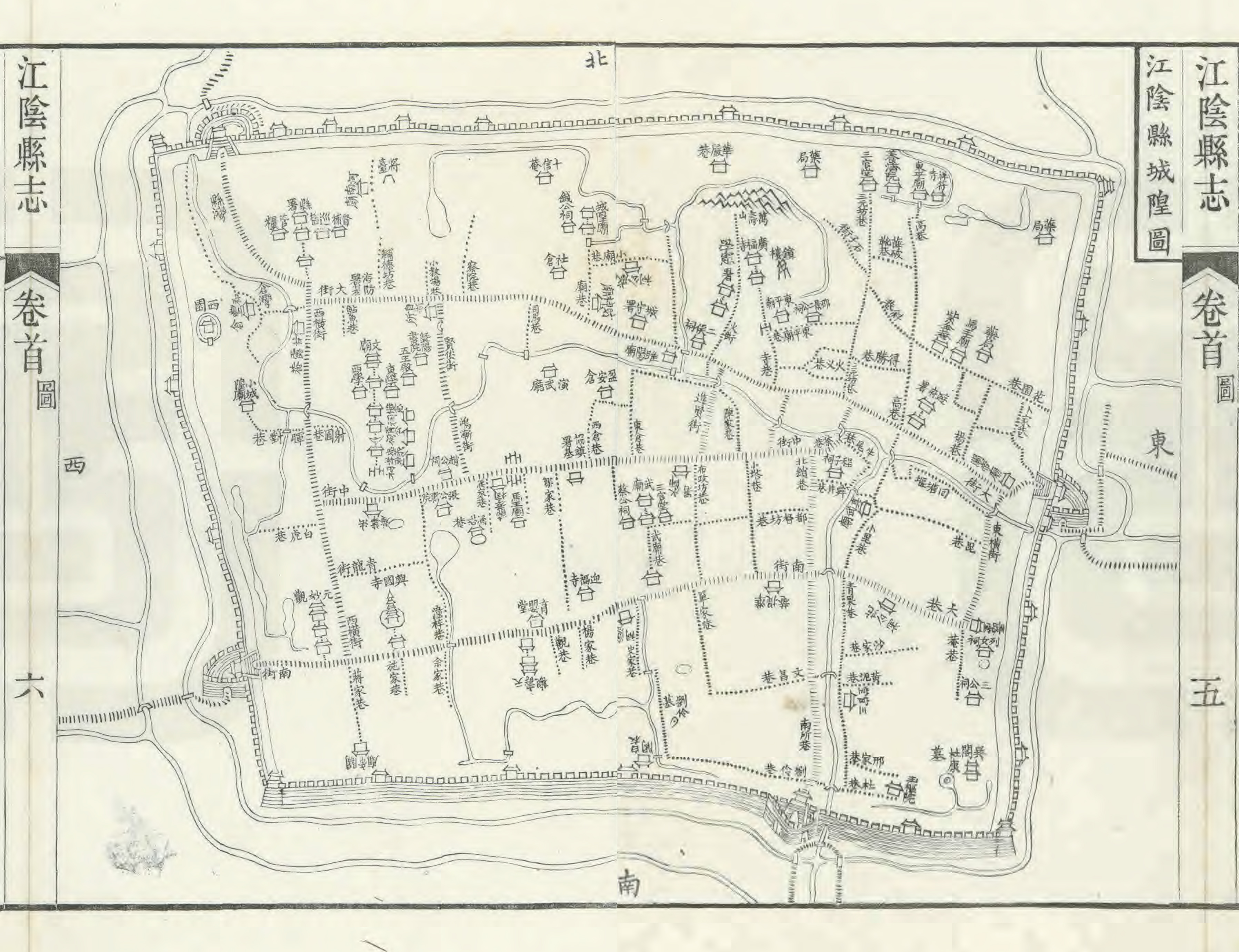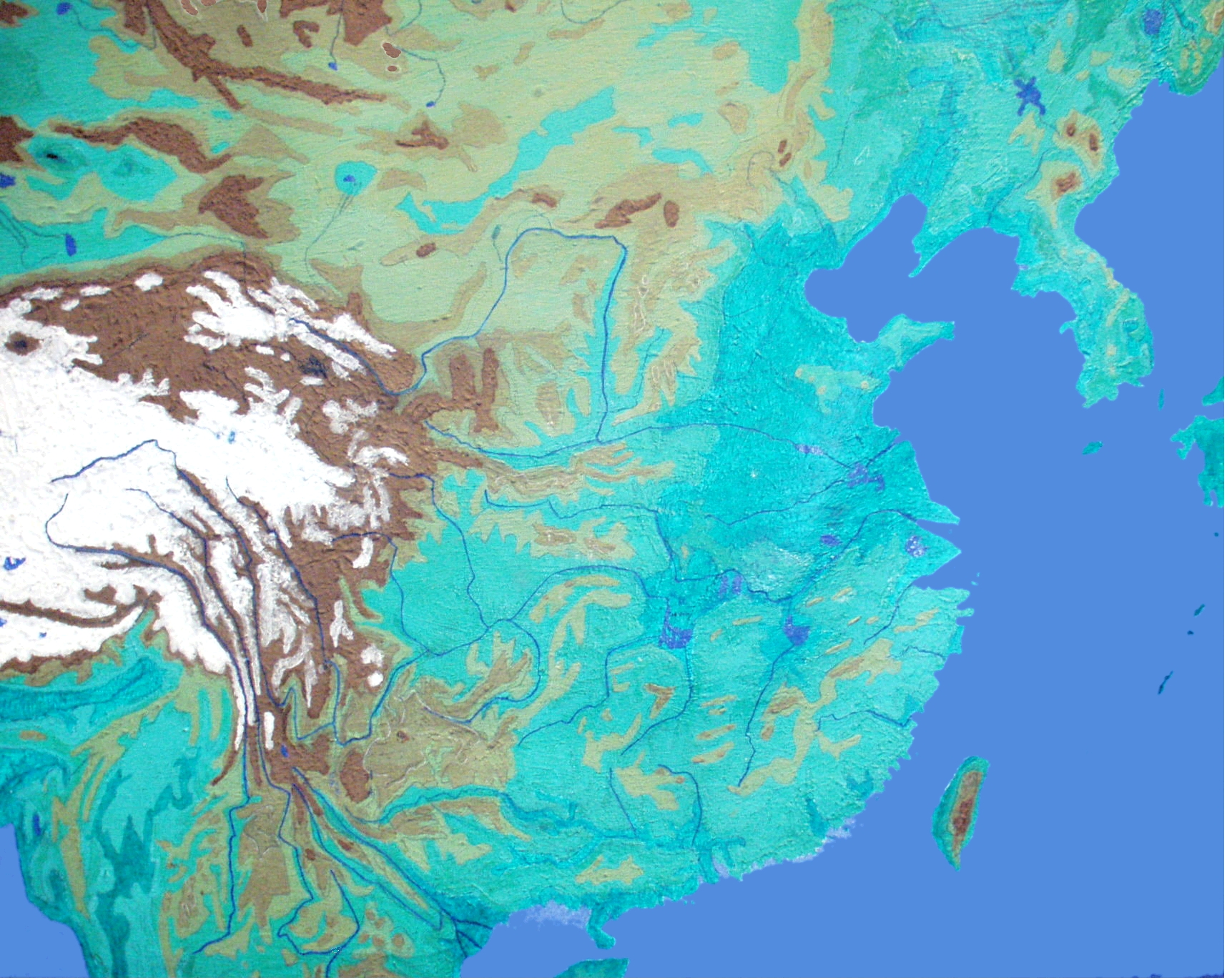|
Jiangyin
Jiangyin (, Jiangyin dialect: ) is a county-level city on the southern bank of the Yangtze River, and is administered by Wuxi, Jiangsu province. Jiangyin is one of the most important transport hubs on the Yangtze River, it is also one of the most developed counties in China. With 1,595,138 inhabitants as of the 2010 census, the city is now part of Jiangyin-Zhangjiagang-Jingjiang built-up or metropolitan area with 3,526,260 inhabitants Etymology Jiangyin's name means "River Shade", from its location on the south or shady side of the Yangtze River. History Jiangyin was a township of Yanling (; later known as Piling, ) county initially. Since the township was located in the north of Ji Lake, it was given the name "Jiyang" (). In 281, it was promoted as a county of Piling commandery. In 558, the north-west part was taken away from then Lanling county (Wujin and its around areas) to create Jiangyin county. It was served as the seat of Jiangyin commandery, of which jurisdiction ... [...More Info...] [...Related Items...] OR: [Wikipedia] [Google] [Baidu] |
Jiangyin Dialect
The Jiangyin dialect ( zh, s=江阴话, p=Jiāngyīnhuà) is a Northern Wu Chinese dialect spoken in the city of Jiangyin in Jiangsu province. The Jiangyin dialect is a member of the Wu Chinese Taihu Wu family of dialects, which means the inhabitants speak a dialect similar to that of nearby Wuxi, Changzhou, Suzhou Suzhou (; ; Suzhounese: ''sou¹ tseu¹'' , Mandarin: ), alternately romanized as Soochow, is a major city in southern Jiangsu province, East China. Suzhou is the largest city in Jiangsu, and a major economic center and focal point of trade ..., and Shanghai. The Jiangyin dialect itself is of the Piling variety, related to the Changzhou dialect. The Jiangyin dialect has the highest degree of mutual intelligibility with the dialects of the closest neighboring cities of Changzhou and Wuxi but also has a fairly large degree of mutual intelligibility with the dialects of nearby Suzhou and Shanghai. As one travels south towards Wuxi away from the urban cente ... [...More Info...] [...Related Items...] OR: [Wikipedia] [Google] [Baidu] |
Jiangsu
Jiangsu (; ; pinyin: Jiāngsū, alternatively romanized as Kiangsu or Chiangsu) is an eastern coastal province of the People's Republic of China. It is one of the leading provinces in finance, education, technology, and tourism, with its capital in Nanjing. Jiangsu is the third smallest, but the fifth most populous and the most densely populated of the 23 provinces of the People's Republic of China. Jiangsu has the highest GDP per capita of Chinese provinces and second-highest GDP of Chinese provinces, after Guangdong. Jiangsu borders Shandong in the north, Anhui to the west, and Zhejiang and Shanghai to the south. Jiangsu has a coastline of over along the Yellow Sea, and the Yangtze River passes through the southern part of the province. Since the Sui and Tang dynasties, Jiangsu has been a national economic and commercial center, partly due to the construction of the Grand Canal. Cities such as Nanjing, Suzhou, Wuxi, Changzhou, and Shanghai (separated from Jia ... [...More Info...] [...Related Items...] OR: [Wikipedia] [Google] [Baidu] |
Wuxi
Wuxi (, ) is a city in southern Jiangsu province, eastern China, by car to the northwest of downtown Shanghai, between Changzhou and Suzhou. In 2017 it had a population of 3,542,319, with 6,553,000 living in the entire prefecture-level city area. By the end of 2019, the city's registered population was 5.0283 million. Wuxi is a prominent historical and cultural city of China, and has been a thriving economic center since ancient times as a production as an export hub of rice, silk and textiles. In the last few decades it has emerged as a major producer of electrical motors, software, solar technology and bicycle parts. The city lies in the southern delta of the Yangtze River and on Lake Tai, which with its 48 islets is popular with tourists. Notable landmarks include Lihu Park, the Mt. Lingshan Grand Buddha Scenic Area and its -tall Grand Buddha at Ling Shan statue, Xihui Park, Wuxi Zoo and Taihu Lake Amusement Park and the Wuxi Museum. The city is served by Sunan Shuofang ... [...More Info...] [...Related Items...] OR: [Wikipedia] [Google] [Baidu] |
Jingjiang
Jingjiang () is a county-level city under the administration of Taizhou, Jiangsu province, China. It is located on the northern (left) bank of the Yangtze River, and is the southernmost part of Taizhou City, bordering Nantong to the northeast, Suzhou to the southeast, Wuxi to the south, Changzhou to the southwest, and Zhenjiang to the west. The area of Jingjiang is 655.6 square kilometres and the population was 684,360 at the 2010 census. History The terrain of Jingjiang nowadays was originated as a shoal in the Yangtze River, which was known Matuosha in the ancient China. As the shoal had been extended, it was separated from then Jiangyin county to found a new county in 1471. As being looted by the Wokou for several time, it is designated Jiangjiang (means "pacifying the Yangzte River"). The county under the administration of the prefecture-level city of Yangzhou originally, was converted to a county-level city in 1993, then was transferred to the Taizhou in 1996. Geography Th ... [...More Info...] [...Related Items...] OR: [Wikipedia] [Google] [Baidu] |
County-level City
A county-level municipality (), county-level city or county city, formerly known as prefecture-controlled city (1949–1970: ; 1970–1983: ), is a county-level administrative division of the People's Republic of China. County-level cities have judicial but no legislative rights over their own local law and are usually governed by prefecture-level divisions, but a few are governed directly by province-level divisions. A county-level city is a "city" () and "county" () that have been merged into one unified jurisdiction. As such it is simultaneously a city, which is a municipal entity and a county which is an administrative division of a prefecture. Most county-level cities were created in the 1980s and 1990s by replacing denser populated counties. County-level cities are not "cities" in the strictest sense of the word, since they usually contain rural areas many times the size of their urban, built-up area. This is because the counties that county-level cities ... [...More Info...] [...Related Items...] OR: [Wikipedia] [Google] [Baidu] |
Yangtze River
The Yangtze or Yangzi ( or ; ) is the longest river in Asia, the third-longest in the world, and the longest in the world to flow entirely within one country. It rises at Jari Hill in the Tanggula Mountains (Tibetan Plateau) and flows in a generally easterly direction to the East China Sea. It is the seventh-largest river by discharge volume in the world. Its drainage basin comprises one-fifth of the land area of China, and is home to nearly one-third of the country's population. The Yangtze has played a major role in the history, culture, and economy of China. For thousands of years, the river has been used for water, irrigation, sanitation, transportation, industry, boundary-marking, and war. The prosperous Yangtze Delta generates as much as 20% of China's GDP. The Three Gorges Dam on the Yangtze is the largest hydro-electric power station in the world that is in use. In mid-2014, the Chinese government announced it was building a multi-tier transport netw ... [...More Info...] [...Related Items...] OR: [Wikipedia] [Google] [Baidu] |


